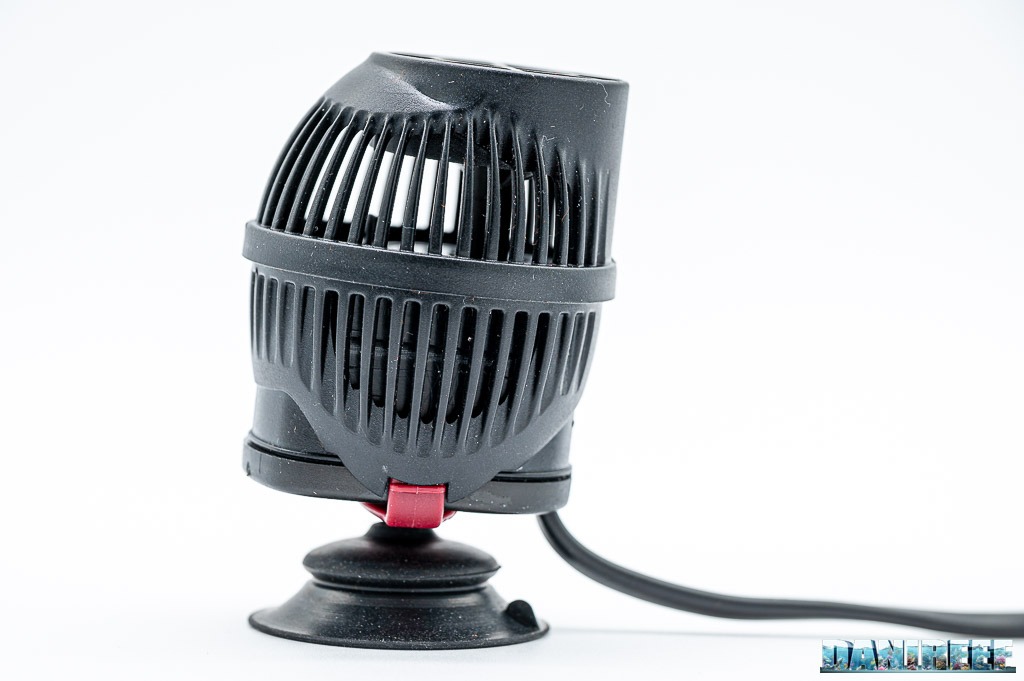
One of the keys to a successful aquarium is movement. The Koralia Nano is the perfect pump for everyone who has a nanoreef or who wants to add extra water flow.
We’ve already talked a lot about how water movement is vital for any kind of aquarium on our YouTube channel. In fact, the movement provides sufficient oxygenation of the tank, prevents debris from accumulating on the corners of the aquarium, brings food to the coral polyps, helps the corals to get clean of their own mucus… In short, it is a fundamental element for every aquarium, whether it’s fish, corals, or filter feeding animals.
But often, when we speak of small tanks, like nanoreefs, the selection of pumps is quite small. But today we’re presenting the Koralia Nano, Hydor’s offer for these aquariums!
Our presentation video of the Koralia Nano
As usual we wanted to do a video review of the Koralia Nano as well, so that you can get an even better idea than from just our pictures.
Technical characteristics of the Koralia Nano
The Koralia Nano are a family of three pumps, specifically designed for nanoreefs. Let’s see their technical characteristics.
| Flow rate | Power consumption | Suggested volume for freshwater | Suggested volume for marine | |
| Koralia 900 | 900 l/h | 4.5 watt | 60-100 liters | 36-60 liters |
| Koralia 1200 | 1,200 l/h | 4.5 watt | 100-180 liters | 64-100 liters |
| Koralia 2200 | 2,200 l/h | 4 watt | 140-250 liters | 90-140 liters |
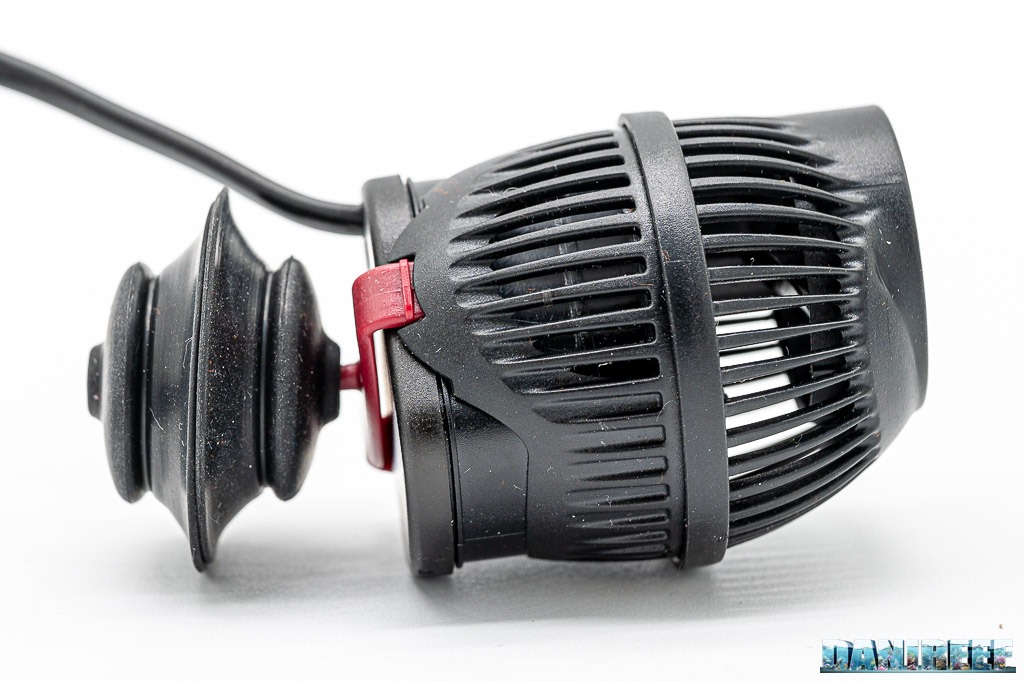
Why we trust Hydor’s declared rates
We all know how difficult it is to measure the rate of a movement pump. When we refer to a return pump it’s way easier, because you just have to purchase a flow detector like our DigiSavant DIGIFLOW 6710M, that has to be inserted in the pipe in front of the pump and, once you account for some lacks and frictional effects, you’re done.
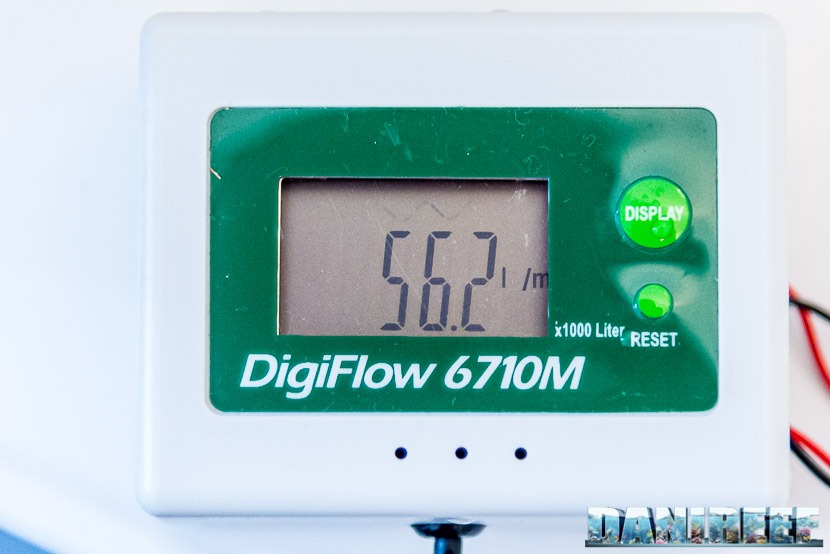
When we have a movement pump everything is more complicated. Every company has, in time, patented its own method of measurement. Back in 2011, some companies adopted measurement methods that were considered bizarre by others, like placing a plastic bag in front of the pump and measuring the time needed to fill it up. For this reason, years ago, a scientific research collaboration with Penn State University and sponsored by Ecotech Marine, was formed to measure the flow rate of every movement pump from 2011 onward.
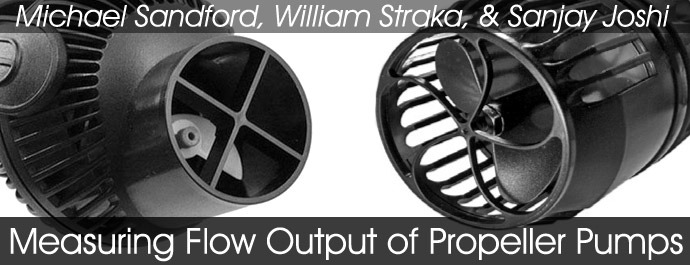
At that time we wrote an article about: “Tunze and Vortech… what’s the real flow rate of the pumps? And how it’s actually important?” with the data emerged from the study, the results that interest us right now are (also because the article is in Italian): the Hydor Koralia 5, 6, 7 and 8, measured at that time, were the ones whose values were the most in line with the declared data. (As an aside) for the small Koralia 5, the measured value was significantly higher than the declared one.
Since we don’t believe that Hydor changed its testing and production procedures, we are reasonably certain that the values declared for this Koralia Nno are accurate.
It works with 10 mm-thick glass
The Koralia Nano can be used on glass of a maximum of 10 mm of thickness, thanks to Hydor‘s invention, the magnetosucker.
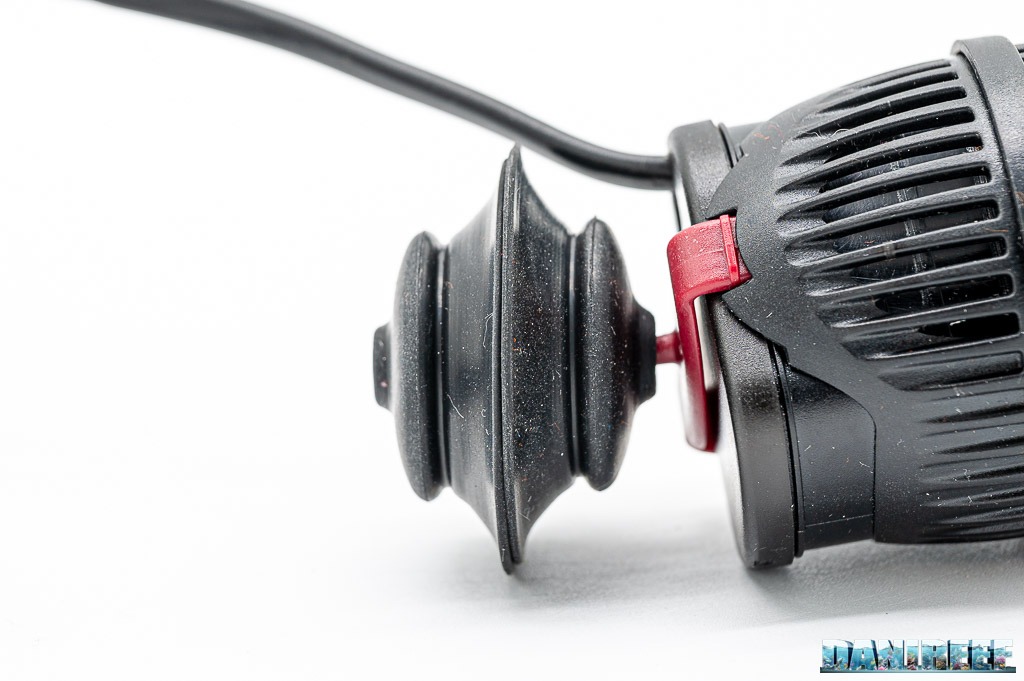
As the name itself suggests, it’s the combination of a magnet and a suction cup. In the picture above you can see the two parts of the magnetosucker. This combination guarantees a solid grip and, at the same time, an almost complete removal of any vibration. The result is that these pumps are extremely silent. To see if they’re on, you have to actually look at the impeller or pick up the supply cable to feel a weak vibration.
Suggested aquariums
If we considered its declared rate of 2.200 l/h we could say that a couple of these pumps would be perfect for an average marine aquarium with fish and soft corals or LPS up to 220 liters. That’s because we consider a motion equal to ten times the volume of the aquarium provided by two alternating pumps. If you wanted to use them in an aquarium full of hard corals (SPS) the volume would be reduced to about 100 liters.
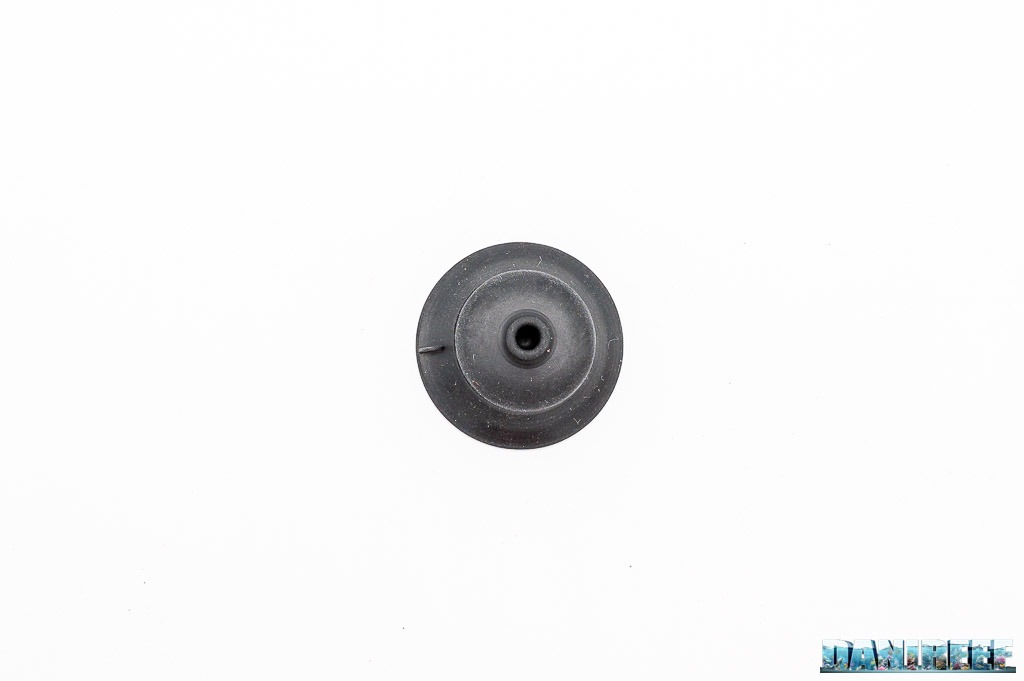
In addition, speaking of freshwater aquariums, the volume could be increased even more- up to 400 liters. Freshwater aquariums need much less movement than their marine counterparts.
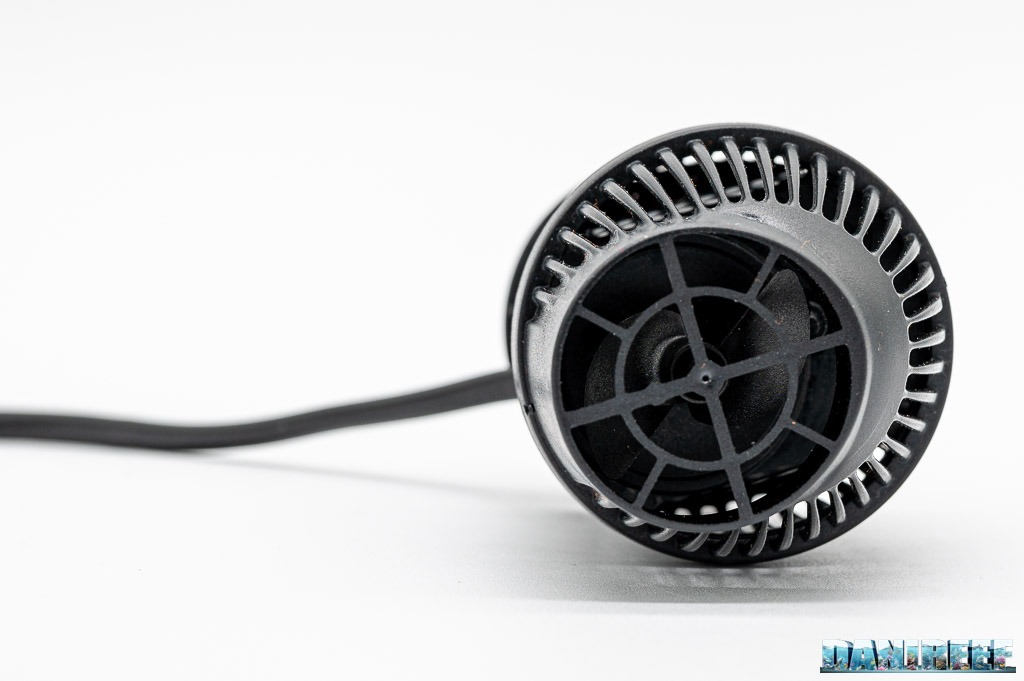
In any case, we always use multiple pumps on our tanks, not just a single pump as Hydor advises in its own instructions.
The impeller of the pump is a classic double helix impeller (extremely small, considering the size of the pump and its power consumption!) with its shaft embedded in the pump body. The impeller is easily inserted in its own shaft. The assembly and disassembly are two very easy operations. In fact, removing the shell is very intuitive; you only have to press laterally; when you reassemble it, just remember to insert the pin into the end of the impeller.
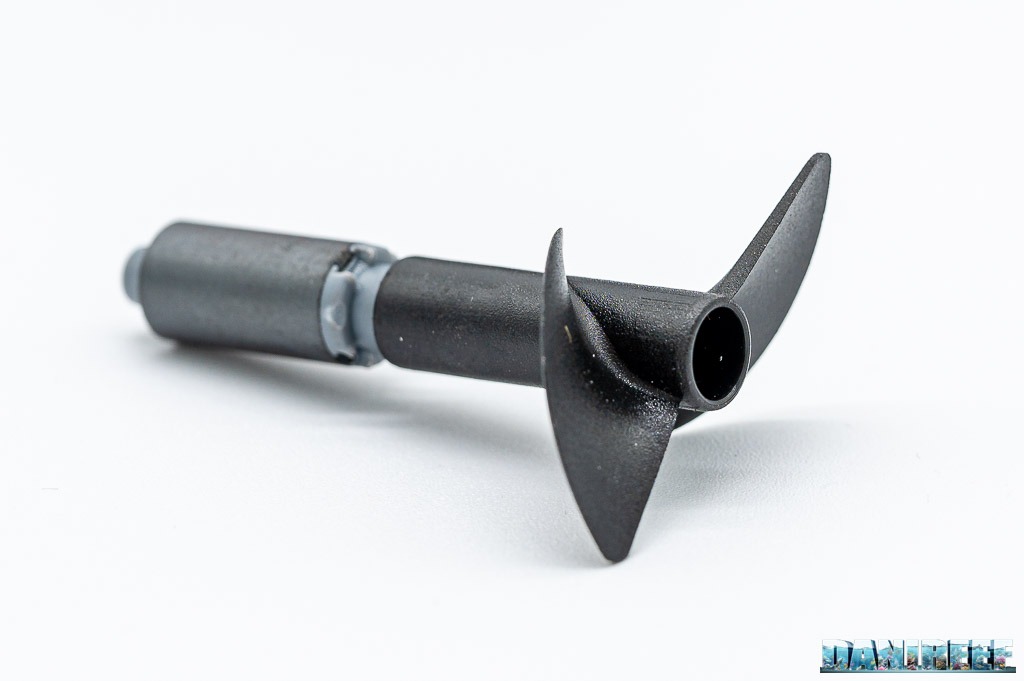
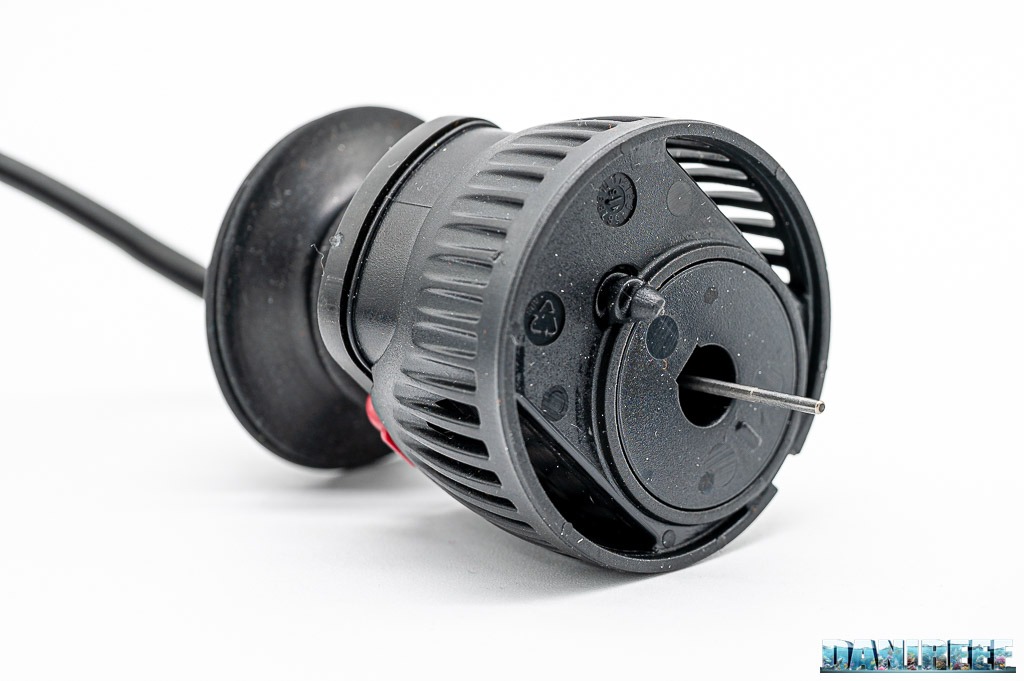
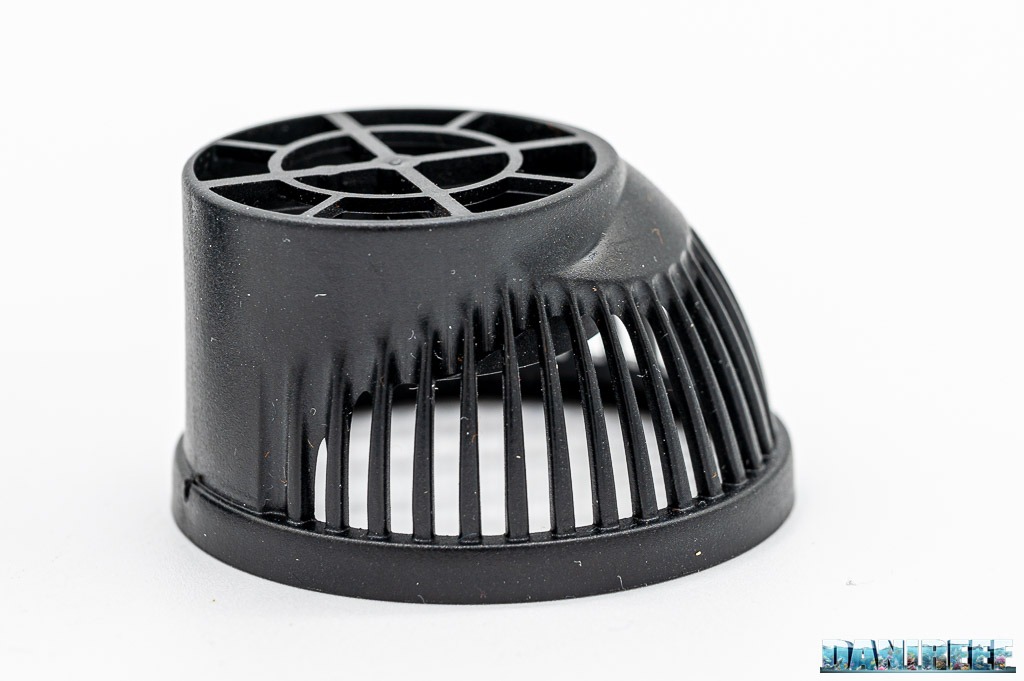
Hydor Koralia nano: final comments about these
Nanoreef Pumps
If you have a freshwater or marine aquarium that needs movement and, at the same time, you don’t have to worry about flow control, these are the pumps you’re looking for. They’re absolutely inaudible, move 2,200 liters per hour, and only consume 4 watts. The flow is wide and gentle and perfect for smaller aquariums, often forgotten and mistreated by the producers. Consider that the 900 liter version can also be used in a 40 liter aquariums; it’s impossible to ask for more at this level.
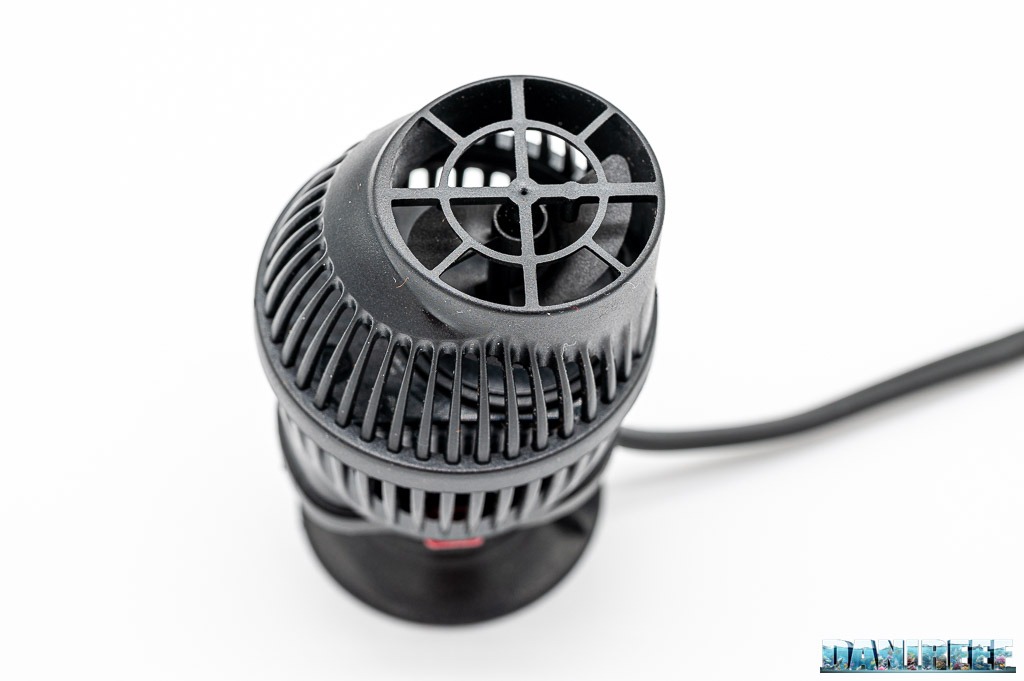
Maybe the only flaw could be the price, because 41,90 euro is a little steep but they can be found at a much lower price online, for example on Amazon. All considered, it’s the perfect pump for your nanoreef, especially those under 100 liters. Low consumption and total silence. What else do we need?
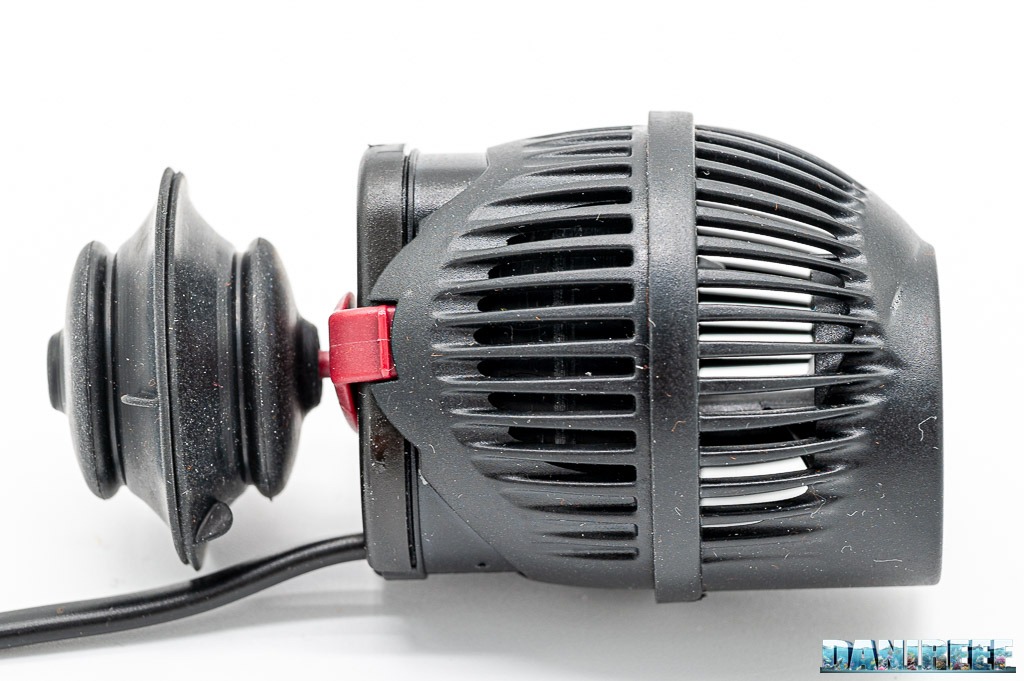
Finally, we invite you to read our guide about the best ways to place movement pumps: Come posizionare le pompe di movimento in acquario marino – guida
PROS
![]() Finally a pump designed for smaller aquariums;
Finally a pump designed for smaller aquariums;![]() Very small size;
Very small size; ![]() Magnetosucker system;
Magnetosucker system; ![]() Totally inaudible;
Totally inaudible;![]() Very low power consumption;
Very low power consumption;![]() Suitable for glass up to 10 mm of thickness;
Suitable for glass up to 10 mm of thickness;![]() Wide and gentle flow;
Wide and gentle flow;
CONS
![]() The price;
The price;![]() The pump isn’t adjustable;
The pump isn’t adjustable;
Hydor Koralia G3 – summary
| Quality of the construction | |
| Quality | |
| Quality price ratio |
Disclaimer: We thank Hydor for providing us the Koralia Nano for this review.
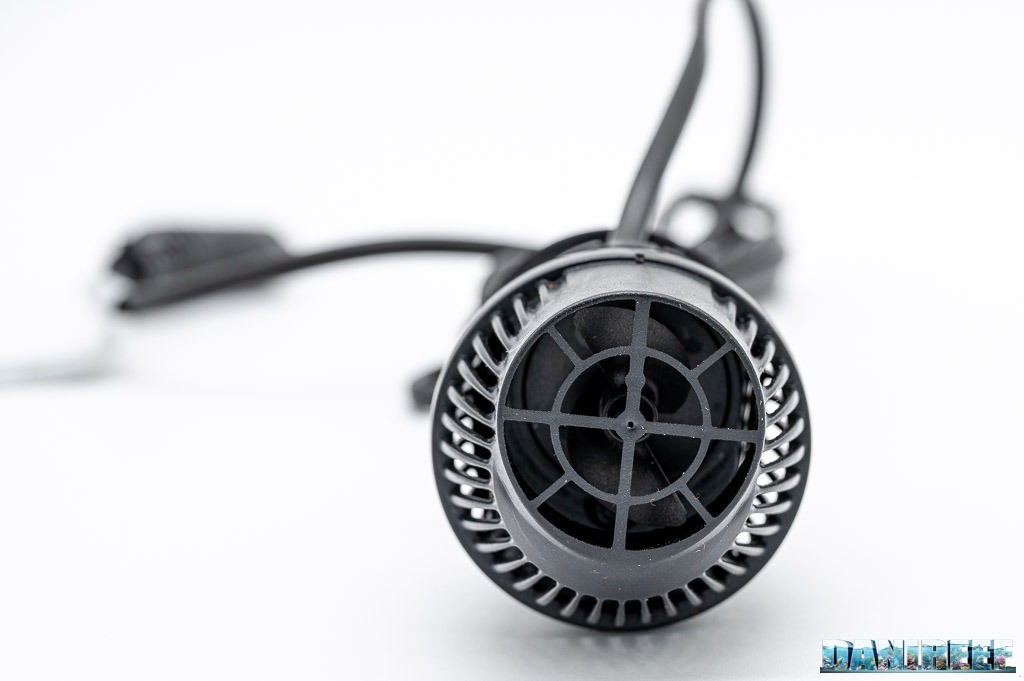










0 Comments